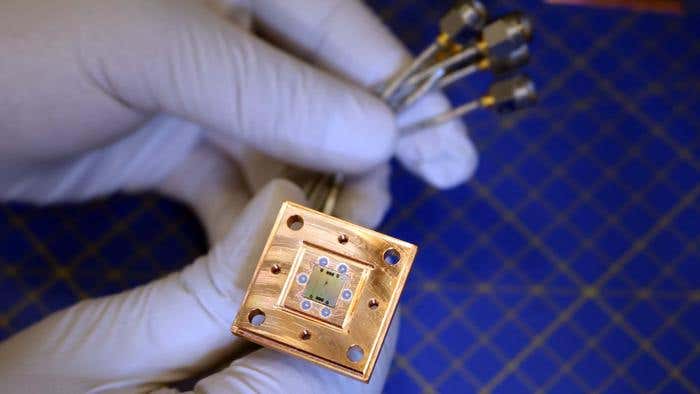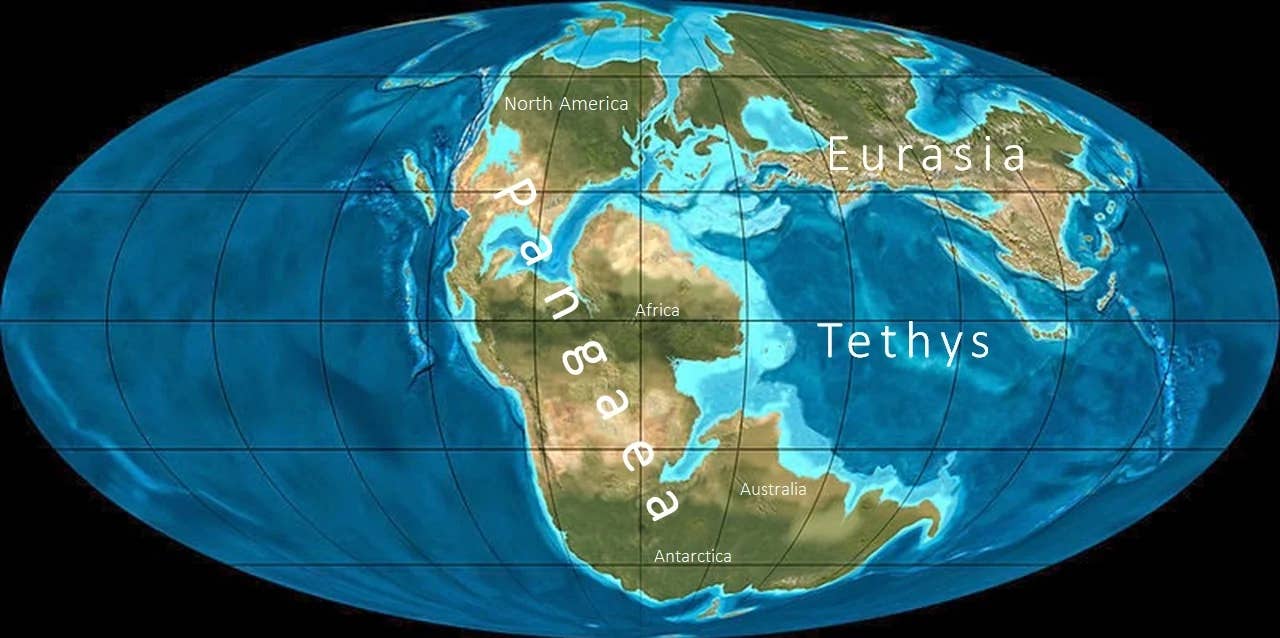Groundbreaking new treatment for brain cancer significantly improves outcomes
Tumor cells are highly resistant to all known therapies, and, sadly, patient life expectancy has not increased in the last 50 years.

[Mar. 21, 2023: JJ Shavit, The Brighter Side of News]
The work serves as a foundational guide for physicians and scientists to understand disease development and improve treatment outcomes. (CREDIT: Creative Commons)
The groundbreaking study led by Rita Perelroizen and Dr. Lior Mayo at Tel Aviv University is sparking optimism among researchers and clinicians in the field of brain cancer. The results, published in the scientific journal Brain, offer new insights into the complex mechanisms that drive glioblastoma, the most aggressive and lethal type of brain cancer, and suggest novel therapeutic strategies that could potentially transform the way this devastating disease is treated.
The tumor cells are highly resistant to all known therapies, and, sadly, patient life expectancy has not increased significantly in the last 50 years. According to the American Brain Tumor Association, glioblastoma accounts for about 17% of all primary brain tumors and is associated with a median survival of 15-16 months even with aggressive treatments, such as surgery, radiation, and chemotherapy.
However, the recurrence rate is high, and the long-term survival rate is low. Moreover, the side effects of these treatments can be severe and impair the patient's quality of life.
Therefore, the need for more effective and less toxic therapies for glioblastoma is urgent and pressing. The study conducted by Perelroizen et al. offers a promising approach that targets the tumor's microenvironment, specifically the role of astrocytes in supporting and promoting tumor growth.
Related Stories
The researchers explain that they tackled the challenge of glioblastoma from a new angle by focusing on the tumor's supportive microenvironment, that is, the tissue that surrounds the tumor cells.
Specifically, the researchers studied astrocytes, a major class of brain cells that support normal brain function, discovered about 200 years ago and named for their star-like shape. Over the past decade, research from the team and others revealed additional astrocyte functions that either alleviate or aggravate various brain diseases. Under the microscope, they found that activated astrocytes surrounded glioblastoma tumors, leading them to investigate the role of astrocytes in glioblastoma tumor growth.
Astrocytes are a type of glial cells that form the supportive tissue of the brain and perform various functions, such as regulating blood flow, removing waste products, and protecting neurons from damage. In recent years, studies have shown that astrocytes also play a crucial role in brain tumors, either by inhibiting or facilitating tumor growth depending on their activation state.
In the current study, the researchers focused on the interaction between glioblastoma cells and activated astrocytes, which they found to be essential for the survival and progression of the tumor. They found that in the presence of astrocytes, the cancer killed all lab models with glioblastoma tumors within four to five weeks. By using a lab model that allowed them to selectively eliminate the astrocytes near the tumor, they demonstrated that the cancer cells died and disappeared within days, without causing significant damage to the surrounding healthy tissue.
The first change was in the immune response to glioblastoma. Dr. Mayo clarifies, "The tumor mass includes up to 40% immune cells – mostly macrophages recruited from the blood or from the brain itself. Furthermore, astrocytes can send signals that summon immune cells to places in the brain that need protection.
In this study, we found that astrocytes continue to fulfill this role in the presence of glioblastoma tumors. However, once the summoned immune cells reach the tumor, the astrocytes 'persuade' them to 'change sides' and support the tumor instead of attacking it. Specifically, we found that the astrocytes change the ability of recruited immune cells to attack the tumor both directly and indirectly – thereby protecting the tumor and facilitating its growth."
This breakthrough finding suggests that astrocytes act as "double agents" that protect the tumor from the immune system and provide it with the energy it needs to grow and divide rapidly. The researchers identified two critical mechanisms through which astrocytes support glioblastoma: modulating the immune response to the tumor and supplying it with cholesterol as an energy source.
"In the absence of astrocytes, the tumor quickly disappeared, and in most cases, there was no relapse - indicating that the astrocytes are essential to tumor progression and survival," notes Dr. Mayo. "Therefore, we investigated the underlying mechanisms: How do astrocytes transform from cells that support normal brain activity into cells that support malignant tumor growth?" To answer these questions, the researchers compared the gene expression of astrocytes isolated from healthy brains and from glioblastoma tumors. They found two main differences – identifying the changes that astrocytes undergo when exposed to glioblastoma:
Regarding the immune response, the researchers found that astrocytes recruit immune cells, such as macrophages, to the tumor site but then convert them into allies that promote tumor growth instead of attacking it. The researchers identified specific signaling pathways and molecules involved in this process that could be targeted by future therapies.
Regarding the energy supply, the researchers discovered that astrocytes produce and release cholesterol, which the tumor cells use as a primary source of energy for their rapid division. By inhibiting the transport of cholesterol from astrocytes to the tumor cells, the researchers effectively starved the cancer cells and induced their death.
"In the absence of astrocytes, the tumor quickly disappeared, and in most cases, there was no relapse - indicating that the astrocytes are essential to tumor progression and survival," notes Dr. Mayo. "Therefore, we investigated the underlying mechanisms: How do astrocytes transform from cells that support normal brain activity into cells that support malignant tumor growth?"
Note: Materials provided above by The Brighter Side of News. Content may be edited for style and length.
Like these kind of feel good stories? Get the Brighter Side of News' newsletter.
Joseph Shavit
Head Science News Writer | Communicating Innovation & Discovery
Based in Los Angeles, Joseph Shavit is an accomplished science journalist, head science news writer and co-founder at The Brighter Side of News, where he translates cutting-edge discoveries into compelling stories for a broad audience. With a strong background spanning science, business, product management, media leadership, and entrepreneurship, Joseph brings a unique perspective to science communication. His expertise allows him to uncover the intersection of technological advancements and market potential, shedding light on how groundbreaking research evolves into transformative products and industries.



